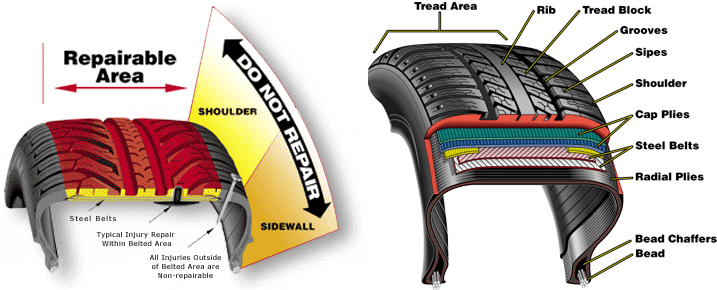Posted by Benjamin Jerew Maintenance
Do you know what your tires are telling you about your car, road conditions or even your driving habits? If you know how to read tire tread depth and condition, a wealth of information is right at your fingertips.
How to Read Tire Tread DepthTire tread depth refers to the grooves between the main blocks on the contact surface of a tire. Most tires start with upwards of 10/32″ of tread depth, with some off-road tires topping 15/32″ depth. As you rack up the miles, the soft rubber compound, the very thing that gives you traction, wears away. Most states require a minimum tread depth of 2/32″ and some states require just 1/32″, but how do you measure it? Also, is 2/32″ really enough for a safe drive?
Do you know how to read tire tread depth with a tire tread depth gauge? Here is a five-step process to do it the right way:
If you’re in a pinch, you can also get a rough estimate of tire tread depth by using a penny and a quarter. But this is no substitute for a calibrated tire tread depth gauge.
If you know how to read tire tread depth, this will help you determine when tire replacement is necessary, the condition of your suspension and steering system and if you need to change your habits.
Keeping on top of your tire tread is actually much more than knowing when to replace them, it can also help you prevent other problems. Adding tire inspection to your monthly maintenance checklist might just keep you safer and your wallet heavier over the long haul.
Check out all the tools & equipment  For more information on tire tread depth and condition, chat with a knowledgeable expert at your local NAPA AUTO PARTS store.
For more information on tire tread depth and condition, chat with a knowledgeable expert at your local NAPA AUTO PARTS store.
Photo courtesy of Foter
Categories
Maintenance
Tags
bald tire, hydroplaning, suspension alignment, tire care, tire pressure, tire tread depth, tire tread depth gauge, tires
Ben has been taking things apart since he was 5, and putting them back together again since he was 8. After dabbling in DIY repairs at home and on the farm, he found his calling in the CGCC Automobile Repair program. After he held his ASE CMAT for 10 years, Ben decided he needed a change. Now, he writes on automotive topics across the web and around the world, including new automotive technology, transportation legislation, emissions, fuel economy and auto repair.
When it comes to checking tire tread, there are a number of methods that can help you know if it’s time to replace a tire. Heavily worn tread will prevent a tire from performing as designed and can lead to unsafe driving conditions. One of the simplest, most common ways to check tread depth requires nothing more than a penny and a few moments of your time.
One of the simplest, most common ways to check tread depth requires nothing more than a penny and a few moments of your time.
In the United States, tire tread depth is measured in 32nds of an inch. New tires typically come with 10/32” or 11/32” tread depths, and some truck, SUV and winter tires may have deeper tread depths than other models. The U.S. Department of Transportation recommends replacing tires when they reach 2/32”, and many states legally require tires to be replaced at this depth.
The idea of the penny test is to check whether you’ve hit the 2/32” threshold. Here’s how it works:
Place a penny between the tread ribs on your tire. A “rib” refers to the raised portion of tread that spans the circumference of your tire. Tire tread is composed of several ribs.
Turn the penny so that Lincoln’s head points down into the tread.
See if the top of his head disappears between the ribs. If it does, your tread is still above 2/32” , If you can see his entire head, it may be time to replace the tire because your tread is no longer deep enough.
When performing the penny tire test, remember not only to check each tire, but to check various places around each tire. Pay special attention to areas that look the most worn. Even if parts of your tread are deeper than 2/32”, you should still replace the tire when any areas fail the penny test.
Consistent wear around the whole tire is normal, but uneven tread wear could be a sign of improper inflation, wheel misalignment, or a variety of other things. If you see uneven tread wear, you should have a technician inspect your vehicle.
A simple way to check your tire tread depth is by using a tread depth gauge. You can find tire tread depth gauges at your local auto parts store. There are many models available, but an inexpensive simple graduated probe gauge will work just fine. All you have to do is stick the probe into a groove in the tread and press the shoulders of the probe flat against the tread block and read the result.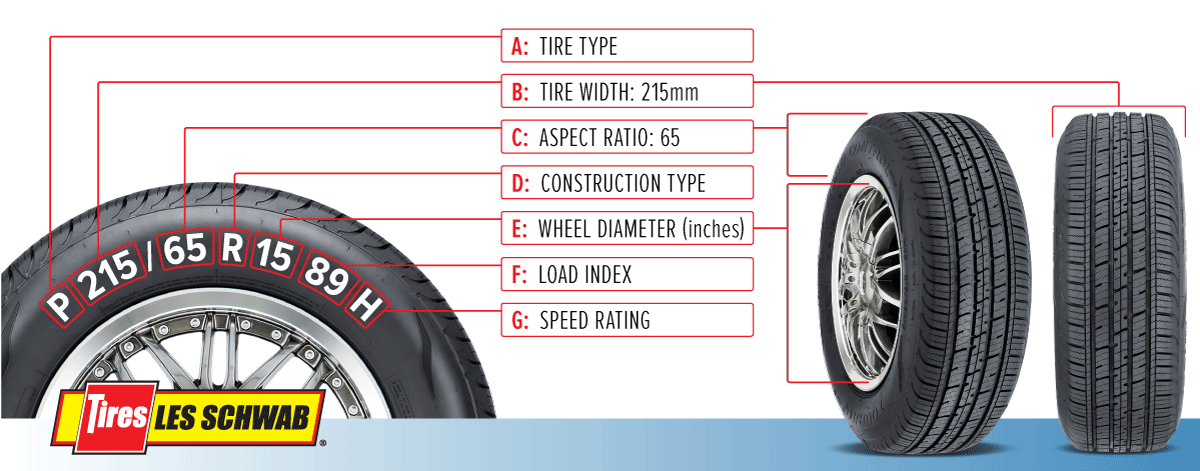 All gauges should measure in both 32nds of an inch and millimeters.
All gauges should measure in both 32nds of an inch and millimeters.
Another indicator of worn out tread already lives in your tires themselves. Every performance, light truck, or medium commercial tire comes equipped with indicator bars (or wear bars) embedded between the tread ribs at 2/32”. They’re there to help you monitor tread depth and make decisions about tire replacement. Just look to see if the tread is flush with the indicator bars. If they are, it’s time to replace the tire.
While the penny tire test does deliver on what it promises – indicating whether tread has reached the legal limit – it may not be the best indicator of whether your tires are safe for the road. Tire performance can diminish significantly before your tread hits 2/32”. Even though the law deems fit for safe driving may not prevent you from hydroplaning or losing control in rainy, slushy conditions. If you think your tires may be close to needing replacement, have them checked out by a licensed mechanic.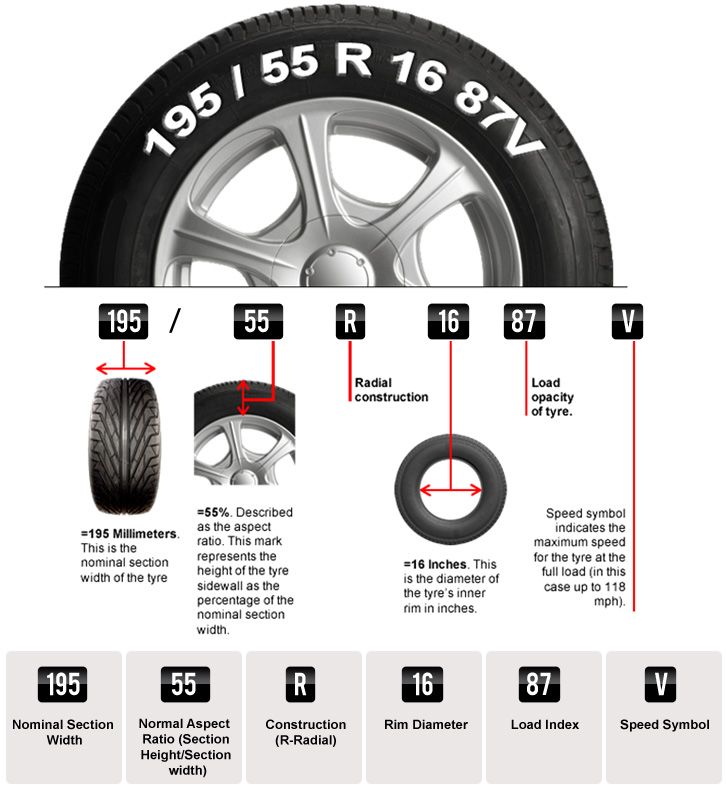
In the off-season, car owners need to “change shoes” for the car. Decided to buy a new set of tires? We recommend that you learn about the differences between car rubber treads.
The tread is the surface of the tire in direct contact with the road. The tread has a pattern, which is determined by the type and direction of special grooves. The use of a pattern improves the grip of car tires with the road surface and helps with handling in different weather and seasons. nine0003
The choice of the type of tire tread pattern should be based on the nature of the ride, the quality of the roads and the climate. The safety of the trip depends on this, as well as the rate of wear of automobile rubber.
Two parameters are responsible for the differences in the types of tire tread pattern:
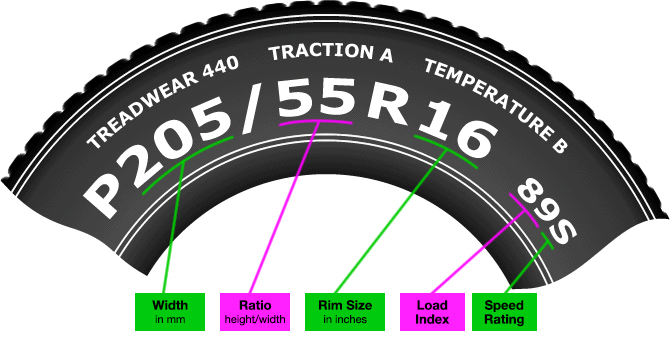
The directionality of the tread pattern indicates whether the grooves have a common vector. So, for directional tires, it is one - V-shaped and “looks” in one direction. nine0003
The symmetry of the pattern indicates the uniform order of the block of grooves on the left and right side of the tire. So there is a division into the inner and outer parts of the tires.
The combination of both parameters makes it possible to distinguish several types of tread pattern:
This is a tread with a uniform pattern over the entire surface of the tire. There is no direction, no strictly defined sides. These are versatile and reliable tires at a low price. The advantage will be ease of installation and interchangeability (easier to control wear). It's also perfect for a spare.
It's also perfect for a spare.
Create this type of tread for both summer and winter tires. However, the most popular use is in the dry and warm seasons. Rubber with a symmetrical non-directional pattern is suitable for those who care about the convenience of controlling the machine, rather than speed characteristics. If most of the planned trips are quiet driving in the city, choose this tread pattern. nine0003
Among the shortcomings are weak controllability at high speed and during precipitation. Getting the wheels into a puddle on the track on such tires is fraught with a loss of controllability.
Tires with this tread are the basic equipment of most new cars. The non-directional pattern, uniform across the entire width, is also used for off-road vehicles with a mixed driving cycle.
Symmetric directional tires are easy to recognize as they have a distinctive herringbone pattern along the tire width. The clear direction of the grooves is designed to drain water, snow mass and dirt at the point of contact of the tire with the road surface. These tires are recommended for rear-wheel drive cars that are more prone to skidding on wet pavement or snowy roads. nine0003
The clear direction of the grooves is designed to drain water, snow mass and dirt at the point of contact of the tire with the road surface. These tires are recommended for rear-wheel drive cars that are more prone to skidding on wet pavement or snowy roads. nine0003
When mounting these tires, follow the rule: the top of the herringbone must touch the road first during rotation, that is, look in the direction opposite to the movement of the car. For convenience, most manufacturers indicate tips on the sidewall of symmetrical directional tires: an arrow for the direction of rotation and the inscription "Rotation". This avoids incorrect installation.
Summer directional tires require full grip, so it's best not to run on the dirt road. Among the disadvantages of directional tires note the noise. nine0003
Asymmetric tires are used to improve vehicle speed and maneuverability. They have two sides: the outer part of the tire is made of rubber with a rougher texture, as it experiences greater loads than the inner one. This gives better handling in corners and when changing lanes at speed.
Smaller tread blocks and wide grooves on the inside. This wicks away water better and improves traction. nine0003
For correct installation, manufacturers sign the inner (Inside) and outer sidewalls (Outside).
High cost distinguishes such tires. The purpose of the application is driving high-speed cars on asphalt.
The rarest type of tread pattern. It combines all the positive qualities of other types of patterns: it perfectly drains water, keeps speed, and does not deform during difficult turns. There is a longitudinal rib in the middle part of the tread - it helps to maintain high directional stability. The use of such tires is optimal for those who need the same handling, both in dry and wet weather. nine0003
Tires with an asymmetric directional pattern are not universal: they require special care during installation. It is necessary to take into account not only the inner and outer sides, but also the direction of movement of the wheel.
The tread pattern and tire composition varies depending on the season.
Summer tires have a harder tread compound than winter tires to combat aquaplaning (loss of grip on wet roads) and achieve high handling performance. nine0003
The tread pattern of winter tires has blocks cut into smaller elements by several grooves. This gives softness to the tire (so as not to “dubela” in the cold) and increases grip on slippery roads. Winter tires are divided according to the type of tread pattern into two types:
This is a pattern with rectangular and diamond shaped blocks. At the same time, the distance between the tread elements is quite large. The side edges are sharper. The structure is softer than European tires. nine0003
The structure is softer than European tires. nine0003
The 'rough' pattern allows the tire to easily break through ice or snow, prevent mud from sticking and brake better on ice – good for rough roads and out of town.
Designed for mild winters and snow-free roads. In heavy snow on European tires it will be problematic to move.
These tires effectively remove snow and water. The drawing is not rough, and the edges have a smoother transition. European rubber is harder - the use of a harder material increases wear resistance. Tires of the European type "live" for about 5 seasons, unlike the Scandinavian ones, which need to be changed every 2-3 seasons. nine0003
Studded winter tires can be used for extra stability when driving on snowy and icy roads. It is convenient if the weather is changeable in winter, and ice can occur at any time, and roads are cleaned irregularly.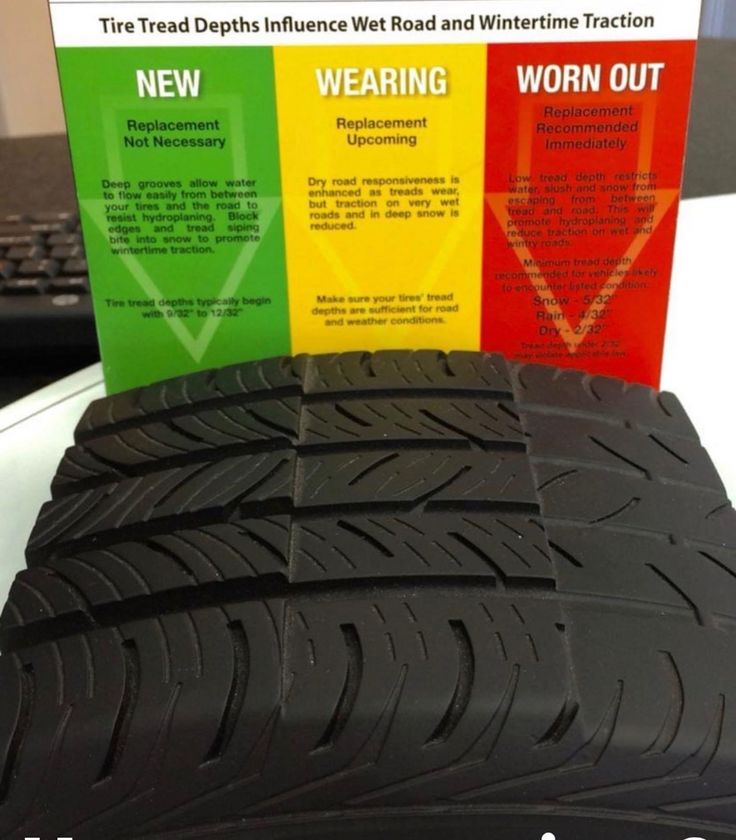
It will be useful for a couple of winters to ride on "thorns" and novice drivers.
The disadvantages of studding include noise and increased stopping distance on clean asphalt. On ice, the braking distance, on the contrary, decreases. nine0115
Thinking about buying new tires for your car? Do not underestimate the importance of choosing the right tread pattern - it affects the handling of the machine both in dry weather and during rain or snow. Choose new tires in our catalog!
There are more inscriptions and drawings on the sidewall of any tire than there is free space. Each icon has its own function, but it is not always possible to reveal its ins and outs without a hint. In addition, a completely new marking has appeared this year. nine0003
The tire's make and model are usually printed in the largest font. It is understandable: this is what the buyer pecks at.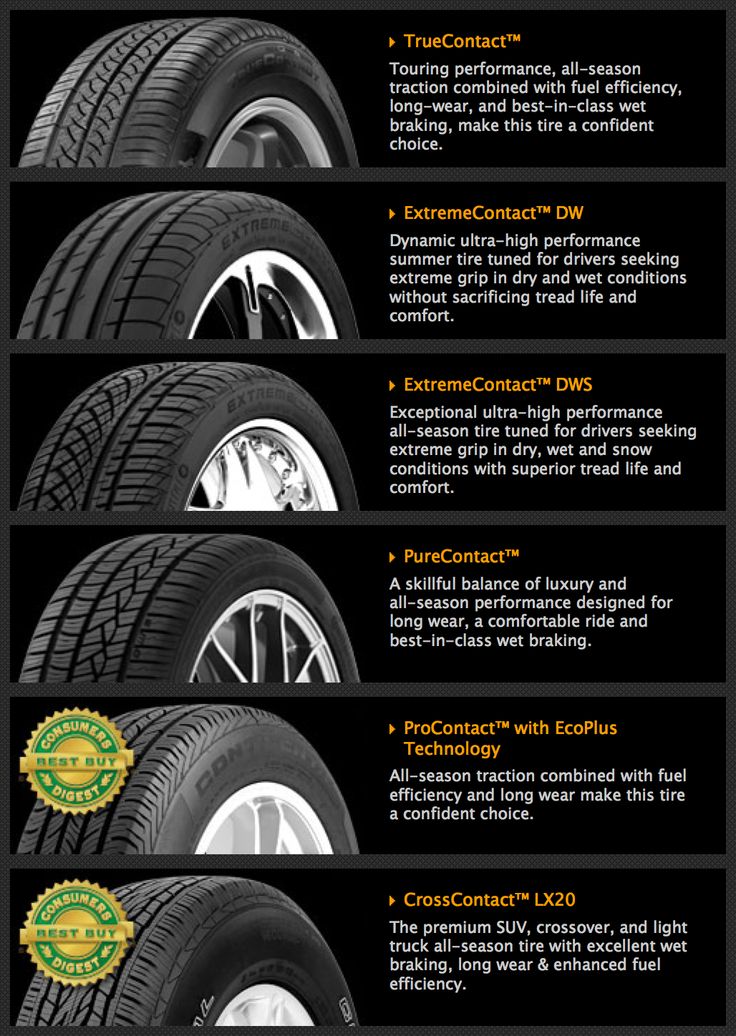 It is interesting that the same data in encrypted form is also on the protector - in the form of thin colored stripes. They are needed in order to be able to identify the rubber lying in the warehouse, because only its working surface is in the field of view of the workers.
It is interesting that the same data in encrypted form is also on the protector - in the form of thin colored stripes. They are needed in order to be able to identify the rubber lying in the warehouse, because only its working surface is in the field of view of the workers.
Tire size is a mystery for many. It seems that there are no problems in everyday life: what numbers are indicated on the sidewall of a standard tire, with such you need to buy a winter or summer one to replace a worn one. But what exactly do they mean? For example, take the index 225/50 R17 98 N on Continental tire.
Continental PremiumContact 6
Continental PremiumContact 6
Additional characters may be assigned to the tire model name. For example, SUV means focusing on crossovers and SUVs (reinforced sidewall, large load capacity), C - on commercial vehicles (from the English cargo, "cargo").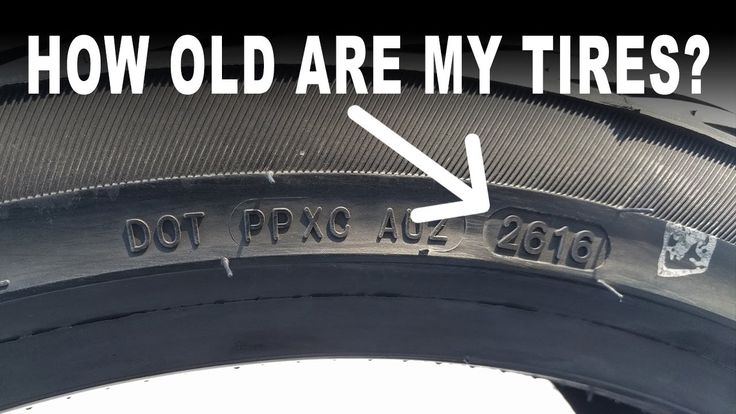 It happens that a tire is welded specifically for a particular auto concern and is intended for primary assembly on a conveyor or sale through its official dealers. So, at Continental, the indices A0 and R01 are reserved for Audi, J for Jaguar, N0, N1, N2 for Porsche, M0, M01 for Mercedes. nine0003
It happens that a tire is welded specifically for a particular auto concern and is intended for primary assembly on a conveyor or sale through its official dealers. So, at Continental, the indices A0 and R01 are reserved for Audi, J for Jaguar, N0, N1, N2 for Porsche, M0, M01 for Mercedes. nine0003
Related materials
7 main principles for choosing summer tires
Summer tires do not carry any additional markings. The letters M + S from the English Mud, “mud”, and Snow, “snow”, are on tires that are basically suitable for cold climates, but are not purely winter. The latter are indicated only by the snowflake and mountain peak icon. The inscription All season (or the abbreviation AS), we think, does not need to be translated. On top-level tires, you can find an image of an umbrella. This is an indication of excellent performance on wet pavement. nine0003
Often, information about the maximum load and maximum pressure is put on the tire in plain text, without allegorical codes and pictograms.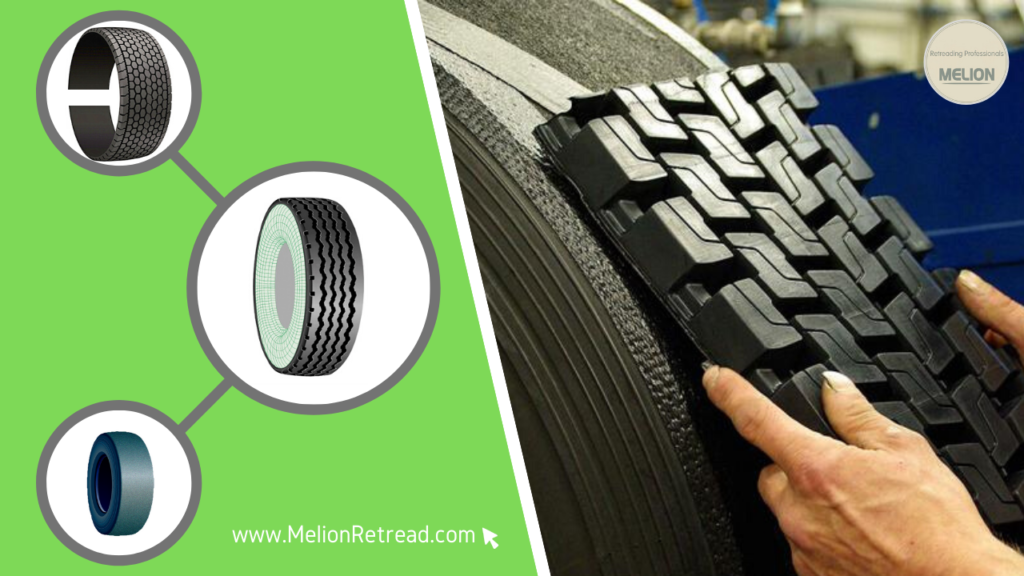 Look for the phrases Max load and Max pressure respectively.
Look for the phrases Max load and Max pressure respectively.
Tires with reinforced sidewalls are gaining popularity around the world, allowing you to drive several tens of kilometers after losing pressure. Usually they simply write Run Flat, although there are also original designations. So, the Continental concern puts the SSR marking on puncture-resistant models. nine0003
European tire company websites list rubber labels for noise, efficiency and environmental friendliness. The first is indicated by a number from 1 (quiet) to 3 (loud). Wet grip coefficient and fuel consumption coefficient is a letter from A (best) to G (worst). In Russia, such a classification is not yet applied.
One of the key parameters is the date of manufacture of the tire. You should also look at it when buying a new set, not to mention a used one. It is not recommended to ride on tires for more than five or six years from the date of issue, although it is not prohibited either by law or by the manufacturers themselves. The date of manufacture is indicated by four digits in an oval. The first two are a week, the second two are a year. For example, 3119stands for "boil" of the 31st week of 2019.
The date of manufacture is indicated by four digits in an oval. The first two are a week, the second two are a year. For example, 3119stands for "boil" of the 31st week of 2019.
Related materials
The main mistakes when installing tires: follow the masters
When mounting asymmetric rubber on wheels, the words Outside (“outer side”) and Inside (“inner side”) will tell you the correct location. On the wheels installed on the car, the owner should see only the first inscription. If there are none on the tires, there are no outer and inner sides on the tread, it is symmetrical in operation. nine0003
On both sides of the directional models, the word Rotation is mandatory. The arrow located next to it will tell you the direction of rotation of the wheel when the car moves forward. TWI. On summer models, they are supplemented by indicators with cross and drop marks.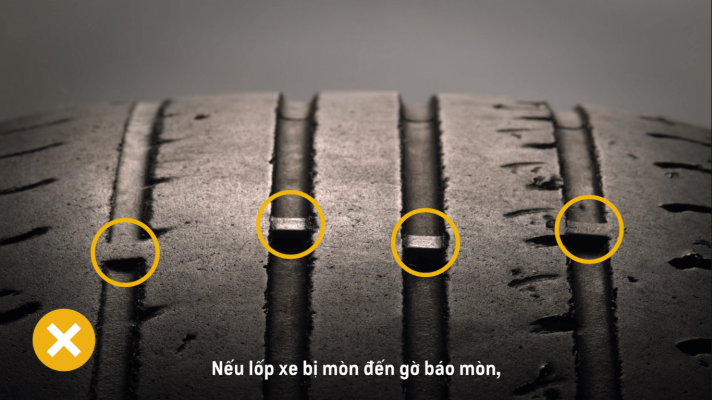 They signal that the rubber has not yet reached the minimum tread height, but it is no longer enough to feel confident in the rain. nine0003
They signal that the rubber has not yet reached the minimum tread height, but it is no longer enough to feel confident in the rain. nine0003
And there are also VAI indicators on the tread. They are applied symmetrically in the left and right shoulder areas. With the correct installation of the wheel, they change as the rubber wears in exactly the same way. Discrepancies are a reason to visit the wheel alignment stand. So far, the technology is used only on truck tires.
Russia introduces mandatory tire labeling in order to combat gray supplies. The unique Data Matrix code is highly secure and readable through several layers of packaging. It is declared that it cannot be faked or copied, and the information sewn into it is readable even if it is partially damaged. The code can be decrypted by each buyer. To do this, it must be scanned with a special mobile application "Honest Sign". After that, information about the manufacturer and importer, the characteristics of the product, the date of putting into circulation in Russia will be displayed on the screen of the gadget.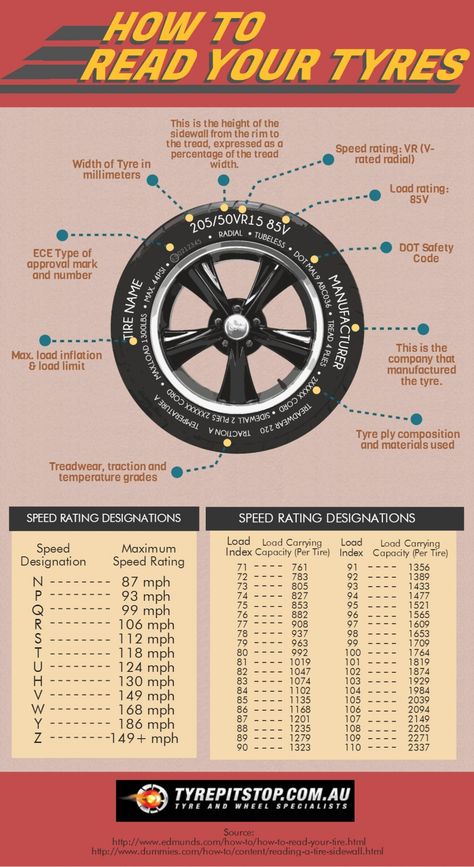 nine0003
nine0003
Compulsory marking introduced from November 1, 2020. From this day on, production, import to Russia and purchase from manufacturers and importers of rubber without marks of the established sample are prohibited. Since December 15, the entire circulation of non-marking tires has been banned. Warehouse balances were allowed to be tagged until March 1, 2021.
Mandatory marking introduced from November 1, 2020. From this day on, production, import to Russia and purchase from manufacturers and importers of rubber without marks of the established sample are prohibited. Since December 15, the entire circulation of non-marking tires has been banned. Warehouse balances were allowed to be tagged until March 1, 2021. nine0003
Continental has been at the forefront of technology testing in Russia and is fully prepared for its implementation. During 2019, together with hundreds of other companies from different industries in our country, he generated thousands of codes, working out the system.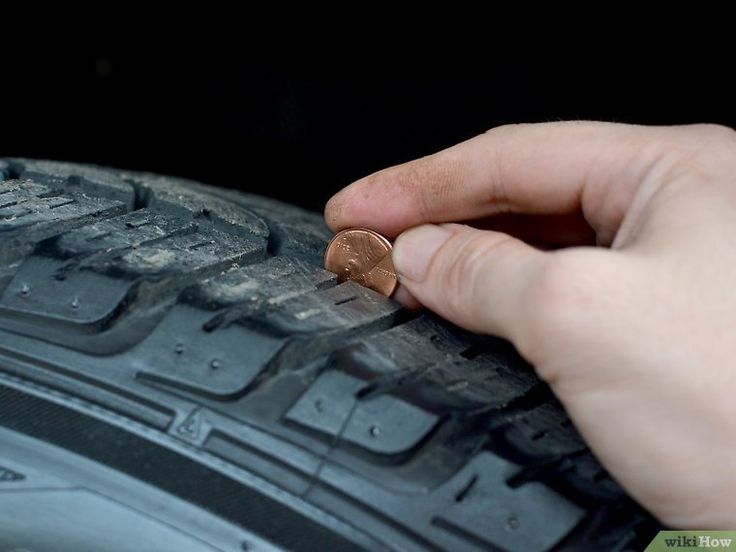 Moreover, on a global scale, the company has already prepared solutions for integrating electronic chips into tires, which allow monitoring their condition, including the degree of wear.
Moreover, on a global scale, the company has already prepared solutions for integrating electronic chips into tires, which allow monitoring their condition, including the degree of wear.
| 86 | 530 | 96 | 710 | ||||||
| 77 | 412 | 87 | 545 | 97 | 730 | ||||
78 | 425 | 88 | 560 | 98 | 750 | ||||
| 79 | 437 | 89 | 580 | 99 | 775 | ||||
| 80 9019 50003 | 90 | 600 | 100 | 800 | |||||
| 81 | 462 | 91 | 615 | 101 | 8250 475 | 92 | 630 | 102 | 850 |
| 83 | 487 | 93 | 650 | 103 | 875 | ||||
30195 | 500 | 94 | 670 | 104 | 900 | ||||
| 85 | 515 | 95 | 690 |
